This article was co-authored by Zora Degrandpre, ND. Dr. Zora Degrandpre is a Natural Health Doctor and Licensed Naturopathic Physician in Vancouver, Washington. She is a grant reviewer for the National Institutes of Health and the National Center for Complementary and Alternative Medicine. She received her ND from the National College of Natural Medicine in 2007.
There are 10 references cited in this article, which can be found at the bottom of the page.
This article has been viewed 68,570 times.
Shiatsu is a type of Japanese acupressure massage that’s based on ancient Chinese medicine. It uses finger pressure to access pressure points throughout your body, which could relieve pain, stress, and many other issues. Some women find it helpful for relieving their menstrual pains and cramps.[1] If you’d like to see if shiatsu works for you, then it’s easy to try for yourself. Make sure you relax and massage the correct pressure points that correspond with back and abdominal pain. You can also visit a shiatsu therapist for a professional treatment.
Steps
Finding the Right Points
The main idea behind shiatsu is accessing the right pressure points that correspond with your problem. If you’re on your period, you’re probably feeling abdominal cramps, back pain, and headaches. You might also feel tired or stressed. There are a few pressure points that correspond to these symptoms, so work on finding and massaging them to relieve your discomfort.
-
1Press the Liver 3 (LV3) point for cramps and lower back pain. This point is on the top of your foot, in the tissue between the bones of your big toe and the toe next to it. Press your finger into this spot and massage up and down to access the point.[2]
- The LV3 point is effective for general body aches as well, but it’s particularly good for cramping and back pain from PMS.
- This point could also lower stress and blood pressure.
-
2Use the Spleen 6 (SP6) point for abdominal pain. This point is on the inside of your leg about 4 finger-widths above your ankle. Hold your hand flat and put your pinky finger on your ankle. The point should be just above your index finger. Press down and massage here for cramping and abdominal pain.[3]
- This point is also associated with relieving insomnia, which could make you feel more relaxed during your period.
Advertisement -
3Fight headaches with the Large Intestine 6 (LI6) point. Luckily, shiatsu can also help relieve headaches during your period. This point is on your hand, in the meaty area between your thumb and index finger. Grasp this point between your thumb and index finger on your opposite hand and massage in a circular motion to relieve headaches.[4]
- This point can relieve headaches whether or not you’re on your period, so feel free to use it whenever you have to. It can also relieve tooth or facial pain and stress.
-
4Massage your lower abdomen to relieve cramping. There are several pressure points in the line between your belly button and pubic bone. These can relieve abdominal pain and cramping if you massage them. Try placing your hand just below your belly button and pressing down lightly. Then move your hand in a circular motion while working down to your pubic bone.[5]
Using the Right Technique
Relaxation and proper pressure are key to practicing shiatsu correctly. If you want to try it for yourself, then follow these steps to make sure you’re accessing all your pressure points the right way. This gives you the best chance for success.
-
1Sit or lay in a comfortable, relaxed position. The idea behind shiatsu is releasing tension, so try to start by relaxing as much as you can. Either lay back in a comfortable position or sit down to prepare for a shiatsu session.[6]
- You can also close your eyes and breathe deeply for a more relaxing experience.
- Shiatsu also pairs well with meditation. You could try meditating and clearing your mind while gently massaging your pressure points.
-
2Apply firm, even pressure on all the pressure points. When performing shiatsu on yourself, press firmly but not so hard that you hurt yourself. Keep that pressure even while massaging all your pressure points so a more successful treatment.[7]
-
3Mix in some different techniques when you get better at shiatsu. Professionals use a variety of massaging, pressing, tapping, and kneading to access pressure points. After you get used to simple massage, try experimenting with some different techniques. Use the ones that feel best to you.[8]
- Kneading is useful for getting less accessible points, like ones surrounded by a lot of muscle.
- Tapping is helpful if a spot is a little sensitive. It applies less pressure than massaging or kneading.
-
4Rub each point for 5-10 seconds at a time. You can go for longer if you’d like, but stick with intervals of 5-10 seconds when you’re just starting out. This helps you discover the correct amount of pressure to apply and get used to the motion.[9]
- There’s no set amount of time to massage your pressure points for. You could go from a few seconds to a few minutes, depending on how it feels.
-
5Massage these points as many times per day as you want to. There’s no set limit to the number of times you can massage your pressure points, so judge by how you feel. If massaging the points feels good and relieves your pain, then feel free to do it as often as you need to throughout the day.[10]
- If you experience any pain or discomfort, then you might be pressing too hard. Take a break and don’t massage that point anymore for the rest of the day.
Having a Professional Treatment
Besides accessing your pressure points yourself, you can also have a professional shiatsu treatment. This is very similar to a normal massage, except the therapist will focus on massaging your pressure points rather than your muscles. If you’re just getting started with shiatsu, then a professional treatment might be the perfect introduction for you to see how it works.
-
1Visit a therapist approved by the American Organization for Bodywork Therapies of Asia. This organization, the AOBTA, regulates shiatsu practitioners in the United States. Visiting an approved practitioner ensures that you’re receiving a safe treatment. Check the AOBTA website to find approved therapists near you.[11]
- You can search for practitioners at https://aobta.org/search/custom.asp?id=5142.
- If you’re not in the US, see if there is a similar organization in your country.
- Some shiatsu practitioners have taken and passed the National Certification Commission for Acupuncture and Oriental Medicine (NCCAOM) exam. This means they’re a top practitioner.[12]
-
2Avoid eating for 1-2 hours before the session. Being full could make you uncomfortable during the session, since the therapist will probably be pressing around your abdomen. You’ll be more comfortable if you refrain from eating for 1-2 hours before your scheduled session.[13]
-
3Explain the pain that you’re feeling in the initial consultation. Before your first session, the therapist will probably want to speak with you for a few minutes to understand the issues you’re having. Be specific about the pain and problems you feel. This way, the therapist can know which pressure points to access.[14]
- Remember that specific pains aren’t the only things that shiatsu can treat. If you’re also feeling stressed or tired, tell the therapist as well.
-
4Relax while the therapist massages your pressure points. If you tense up, your muscles might block the pressure points the therapist needs to access. Try to relax and keep your muscles loose so all your pressure points are accessible.[15]
- Tell the therapist how you’re feeling. If they’re pressing too hard or something is uncomfortable, tell them right away so they can adjust their approach.
-
5Rest for an hour after the session. You might feel a bit fatigued after the session, but this is normal. Take it easy and rest for a few hours after the treatment until your energy boosts back up.[16]
- Some other common side effects include mild stiffness and a headache. These should pass within a few hours.
Medical Takeaways
Some women definitely find shiatsu massage helpful for their menstrual cramps. This treatment is very safe and easy to perform on yourself, so you can try it to see if it works for you. For further treatment, you could visit a professional shiatsu therapist. If you don’t notice any improvement, then you could try a more conventional treatment for your cramps like over-the-counter pain relievers or warm compresses.
References
- ↑ https://www.ncbi.nlm.nih.gov/pmc/articles/PMC3200172/
- ↑ https://exploreim.ucla.edu/self-care/acupressure-point-lv3/
- ↑ https://exploreim.ucla.edu/self-care/acupressure-point-sp6/
- ↑ https://exploreim.ucla.edu/self-care/acupressure-point-li4/
- ↑ https://youtu.be/n7Y5VUj7BC0?t=439
- ↑ https://exploreim.ucla.edu/self-care/acupressure-and-common-acupressure-points/
- ↑ https://www.takingcharge.csh.umn.edu/explore-healing-practices/shiatsu
- ↑ https://www.takingcharge.csh.umn.edu/explore-healing-practices/shiatsu
- ↑ http://www.shiatsutoronto.org/shiatsu-therapy/shiatsu-self-massage/
- ↑ https://exploreim.ucla.edu/self-care/acupressure-and-common-acupressure-points/
- ↑ https://aobta.org/page/Five_Element_Shiatsu
- ↑ https://www.takingcharge.csh.umn.edu/explore-healing-practices/shiatsu
- ↑ https://www.therapy-directory.org.uk/articles/shiatsu.html#whattoexpectfromashiatsusession
- ↑ https://www.takingcharge.csh.umn.edu/explore-healing-practices/shiatsu
- ↑ https://www.therapy-directory.org.uk/articles/shiatsu.html#whattoexpectfromashiatsusession
- ↑ https://www.therapy-directory.org.uk/articles/shiatsu.html#whattoexpectfromashiatsusession
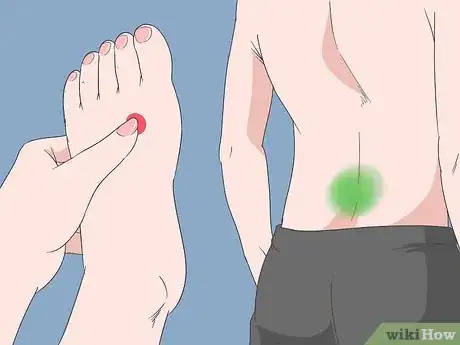
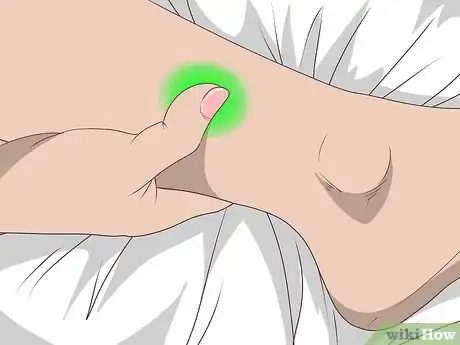
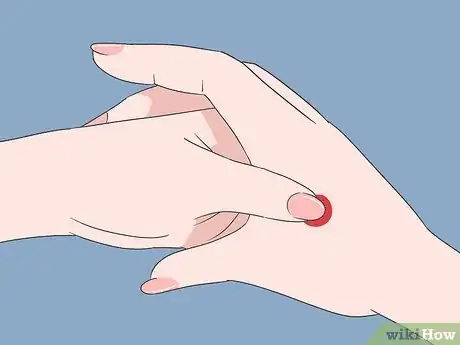
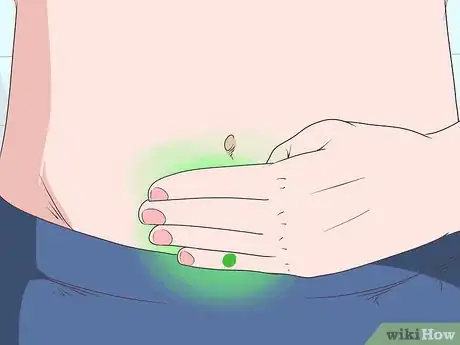
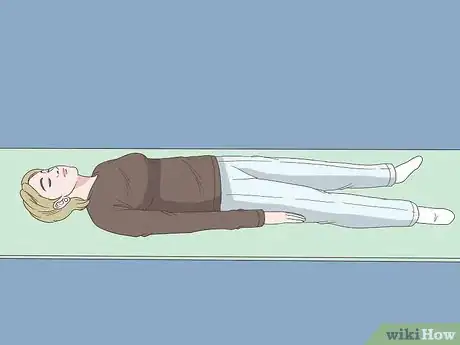

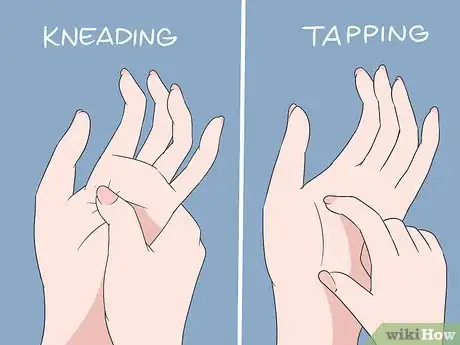
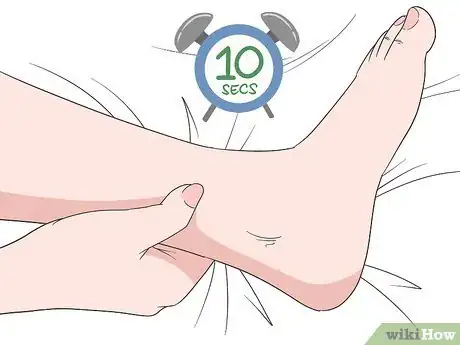
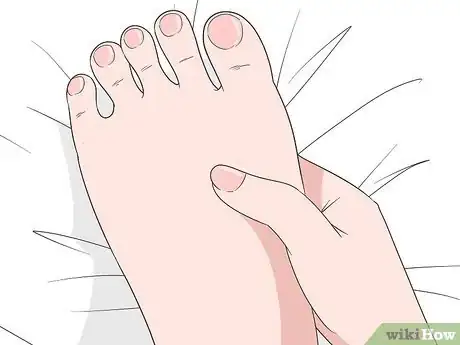

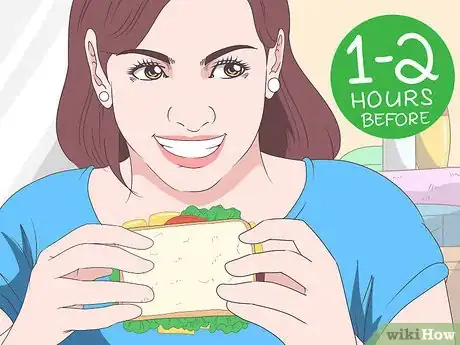
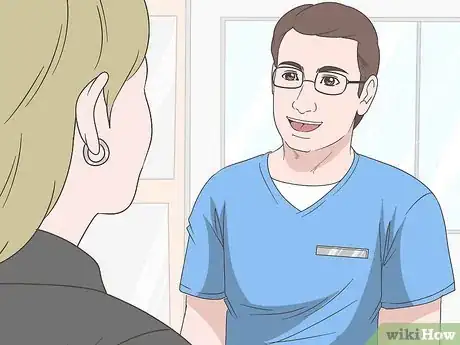
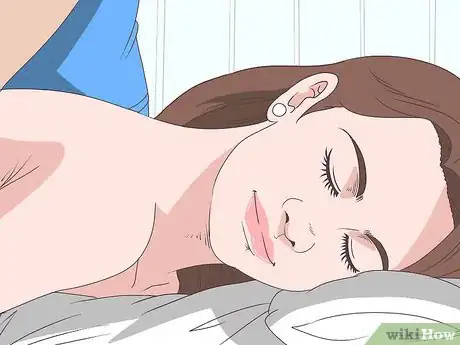
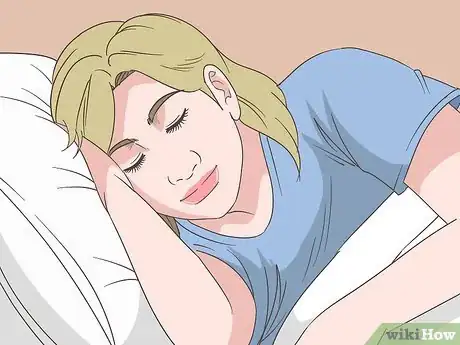

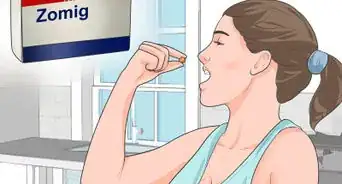
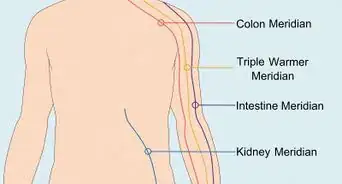

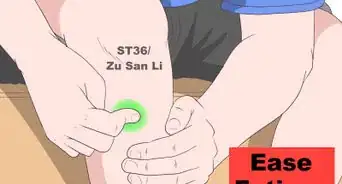
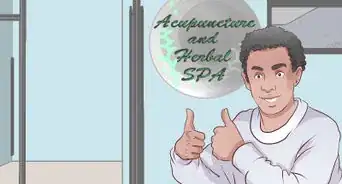

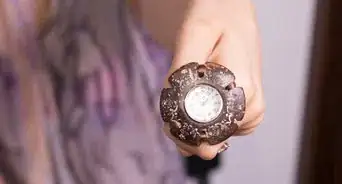










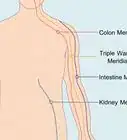




































Medical Disclaimer
The content of this article is not intended to be a substitute for professional medical advice, examination, diagnosis, or treatment. You should always contact your doctor or other qualified healthcare professional before starting, changing, or stopping any kind of health treatment.
Read More...